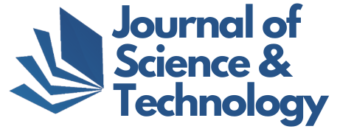A silver lining of COVID-19 is the surge in adoption of digital health by end users (including patients), patents, and service providers, as well as coverage of digital interventions by insurers and governments. People flocked to well-being apps and telehealth during initial outbreaks and lockdowns to reduce the risks of overloading healthcare systems or contracting or transmitting COVID-19. The top 10 well-being apps generated 2 million more downloads (a 25 % increase) in April as compared with January 2020.[i] Virtual consultations as a proportion of total US outpatient visits spiked from less than 0.01 percent before the pandemic to 69 percent in mid-April, before subsiding to 21 % in July.[ii] Particularly for pre-existing anxiety and depression, teletherapy compensated for fewer in-person visits and reversed an initially steep decline in care delivery. As the pandemic continues, digital health is becoming a new norm. Among respondents to a global survey by Oliver Wyman, 59 percent of those who used telehealth this year plan to continue using remote healthcare because it saves time and costs — with users in China, Germany, and Singapore the most eager.[iii] Even as clinic and hospital visits resume for physical ailments, phone or video consultations remain popular for mental health, which does not typically need in person services such as physical examinations, laboratory tests, or surgical procedures.[iv] Employer and insurer expectations are changing in step. Two-fifths of health insurers are considering adding video-chat counselling services to group benefits plans — with high potential uplifts in Asia and the Middle East, and further extension of relatively high levels of coverage in Latin America. In this regard, the application of the SOZO Reset Model plays an amicable role for a plausible solution. The SOZO reset model will attempt at investigating and approaching psychotherapy through the lenses of psycho-neuro-immunology, and other medical models.
[i] . Chapple, C. (2020). Downloads of Top English-Language Mental Wellness Apps Surged by 2 Million in April Amid COVID-19 Pandemic. Retrieved December 14, 2021.
[ii] Fox, B., & Owen Sizemore, J. (2020). Telehealth: Fad or the Future. Retrieved January 14, 2022
[iii] Oliver Wyman. (2020). COVID-19 Mobility & City Readiness Survey — Preliminary Results. Retrieved July 14, 2021.
[iv] Ross, C. (2020). Telehealth Visits Are Plunging, Forcing Providers to Recalibrate. Retrieved October 14, 2021.





